Continuing the ongoing series of interviews with creative artists working on various aspects of movie and TV productions, it is my pleasure to welcome Sherri Kauk. In this interview, she talks about making connections across projects, what it means to be an artist, the role of film as a physical medium, the effect that Covid has had on the industry, and the potential impact of generative AI on the creative side of visual storytelling. Between all these and more, Sherri dives deep into her work on the recently released “Drugstore June”.
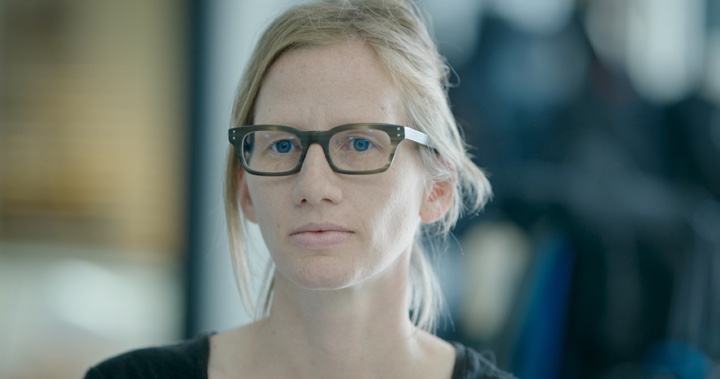
Kirill: Please tell us about yourself and the path that took you to where you are today.
Sherri: My pleasure. Thank you Kirill. I am Sherri Kauk, and I’m a cinematographer based in Los Angeles and Chicago. I grew up in a small midwestern town and I always had a feeling of a larger world beyond my city limits.
Somewhere around high school, I took over my dad’s Canon AE-1 Program 35mm film camera, and that was the beginning of the lifelong process of filmmaking, and working with technology to express visually a response to what is before me. Probably the first rolls were out of focus, or the shutter angle was miscalculated, or exposure was off [laughs], but it was a lesson both in craft and costs! But then you get that perfect frame…
I remember first experiencing a room of hundreds of people laughing at a scripted punchline in one of my college films. At that moment the image created became not about “the shot,” but about creating a moment together with those around me. These are the magical moments for me. And, that Drugstore June, premiered in theaters offers the magic of sharing space together back to films. The filmmaking journey is long and winding, but it’s creating these moments that keep the fascination alive.
So, my career path started with that Canon camera, and the curiosity about what else was out there, which then led me to leave Ohio and go to film school at Ithaca College in upstate New York. While in college, I was able to meet Shane Hurlbut ASC, and I interned on The Greatest Game. That internship put me on my first Hollywood film set (in Canada!) and allowed me to feel and experience the filmmaking world from the inside. 20 years later, I am a mentor at Shane and Lydia Hurlbut’s Filmmaker Academy! On that film set, 20 years ago, I experienced movie making magic from the inside of the filmmaking industry. Today, the Filmmakers Academy continues to bring filmmakers into the inner circle, but on a level reaching thousands of aspiring storytellers versus 1.
And, 20 years later, I have traveled the world. I’m blessed to be able to continue to fulfill that deep curiosity of the myriad ways people live and wake up and go to sleep every day.
Kirill: Hollywood is well known for creating and maintaining a very glamorous image of itself. But probably it’s not as glamorous in the day-to-day goings on sets.
Sherri: When I have friends visiting Hollywood, everybody wants to go to Hollywood Boulevard – but if you live here, you know that it’s not the glamour corner of LA [laughs].
What we create is an interpretation of life. It’s a creation of an emotional experience. That is the magic. You get to Hollywood and you see that the magic is not literal. It doesn’t exist in front of your face. You have to create it. It’s a great parallel to life and how we live life as well. You do have to create your own interpretation of what you want reality to be, in a way. You have to perform your own magic trick of life!
Filmmakers are creating a curated, intentional experience. But the creation itself is like everything else in life. So much of what goes into every production is a physical act and an active exploration of different versions of every scene, dialogue, location, blocking, lighting and frame.
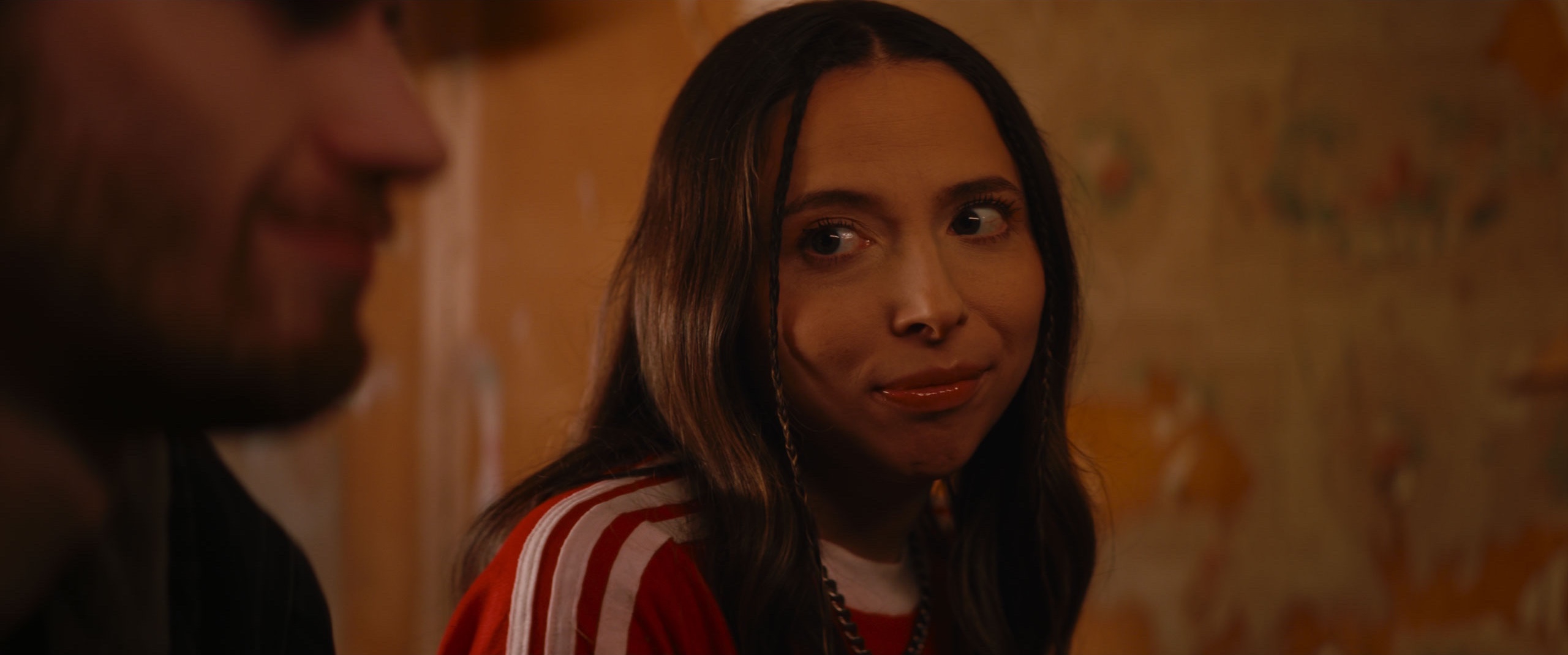
Continue reading »
It gives me great pleasure to announce the next major release of Radiance. Let’s get to what’s been fixed, and what’s been added. First, I’m going to use emojis to mark different parts of it like this:
💔 marks an incompatible API / binary change
🎁 marks new features
🔧 marks bug fixes and general improvements
Component
Theming
There’s still a long road ahead to continue exploring the ever-fascinating depths of what it takes to write elegant and high-performing desktop applications in Swing. If you’re in the business of writing just such apps, I’d love for you to take this Radiance release for a spin. Click here to get the instructions on how to add Radiance to your builds. And don’t forget that all of the modules require Java 9 to build and run.
Continuing the ongoing series of interviews with creative artists working on various aspects of movie and TV productions, it is my pleasure to welcome back Polly Morgan. In this interview, she talks about changes in technology and exhibition, the impact of Covid on the industry in the last few years, the potential impact of generative AI on the industry, connecting with her characters, and growing as an artist and as a person. Between all these and more, Polly dives deep into her work on the wonderfully crafted “Where the Crawdads Sing”.
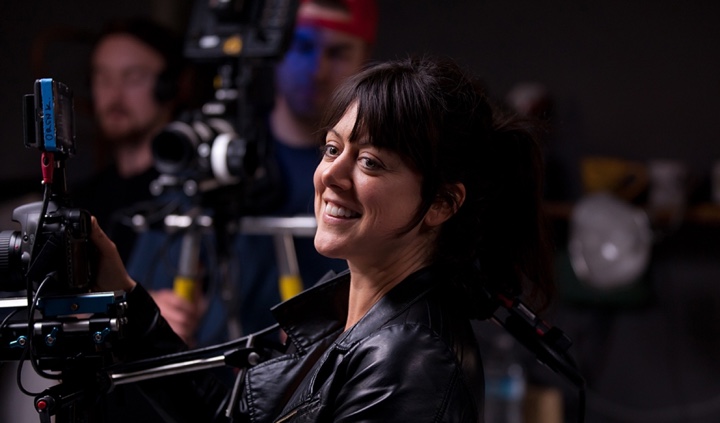
Kirill: What big changes have you seen in your industry since we talked back in 2014?
Polly: So much has changed in the last 10 years. Digital cameras have gone through a huge evolution. We’ve got smaller, more ergonomic cameras. We have cameras that are much more sensitive to light than they were before. For example, the Sony Venus has different ISO ratings, similar to the Panasonic VariCam before it. The new camera systems are either very small like the Red Komodo and can be handheld, or if they’re larger, they can split apart. With these you have a lens mount and a lens, and then you tether off to the hard drive that is the camera body.
There’s all different types of camera systems out there now, and it’s an exciting environment. Depending on what you’re trying to achieve, you can mix and match – whether you’re looking for a small camera that you can hand hold, whether you’re looking for a large format like the Alexa 65, which is larger and more cumbersome. There’s lots of different sensor sizes and cameras, with so many options to choose from. It’s very much a filmmaker’s arena.
Following on from that, lenses have also expanded. If you look at what we had fifty years ago, there was a limited number of options for lenses. And now, just like the camera systems, you can think about whether you’re shooting large format with large format lenses, or 35mm sensor lenses, or anamorphic lenses, and everybody is almost customizing those lenses as an individual for a specific project. You can choose your unique lens, and then you can get it customized for your exact project. It’s almost like no one has ever shot with a lens exactly like that before. It’s this blossoming of tools that we have.
On top of that, there’s a lot of changes in the way that we move the camera. There are so many different camera systems from all the new gimbals that came out such as the Mōvi and the Ronin, which revolutionized everything. Lower budget filmmakers are able to do a lot more elaborate camera moves without having to pay for a Steadicam operator. Or instead of having to pay for a helicopter, you can use a drone.
The industry is constantly changing and constantly expanding with technology. And it’s all in benefit for the filmmaker. That has been has been very exciting.
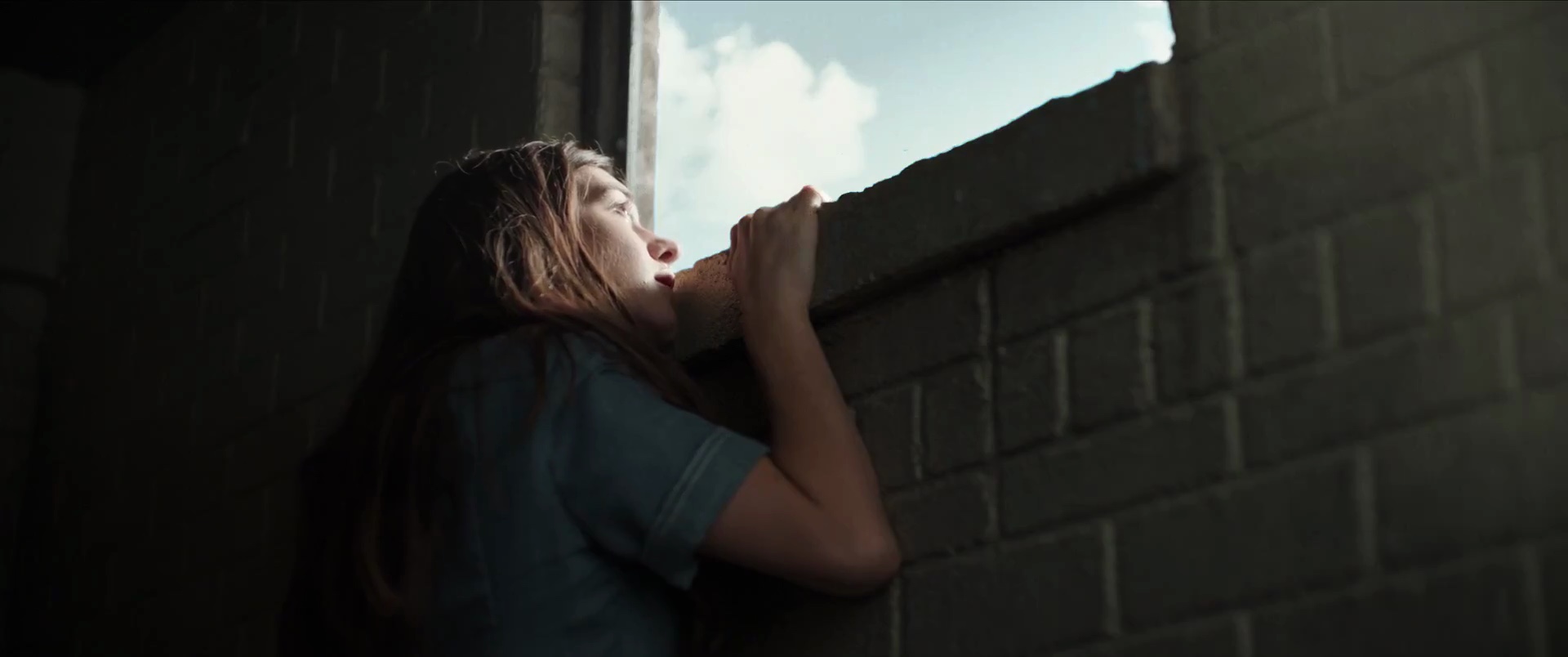
Kirill: Is there such a thing as things moving too fast?
Polly: It’s the way that the world is right now. When we think about what’s happened in the last 20 years with technology, and now with the advent of AI, and the fact that AI has only become part of the conversation in the last six months, and how quickly that technology is increasing – much quicker than even the people that first established AI systems thought that would. It’s part of a larger conversation of how fast technology moves.
But ultimately the end goal is the same. We’re all trying to tell stories, and now we have more tools to tell those stories. Everyone’s responding to the advances that are happening.
Kirill: How do you define art? Is there such a thing as good art and bad art, or is it all subjective?
Polly: It’s all subjective. That is the wonderful thing about art. There are no limitations to self expression. Throughout history and the evolution of the art form, be it going from oil paints to watercolors, or whatever it is, artists express themselves. They have that need to express themselves and to be creative. There’s all different ways and formats, whether it’s live performance or videography or filmmaking or fine art or whatever it might be. If you describe yourself as an artist, you’re ruled by this burning desire to express yourself. And it can’t be classified as either good or bad.
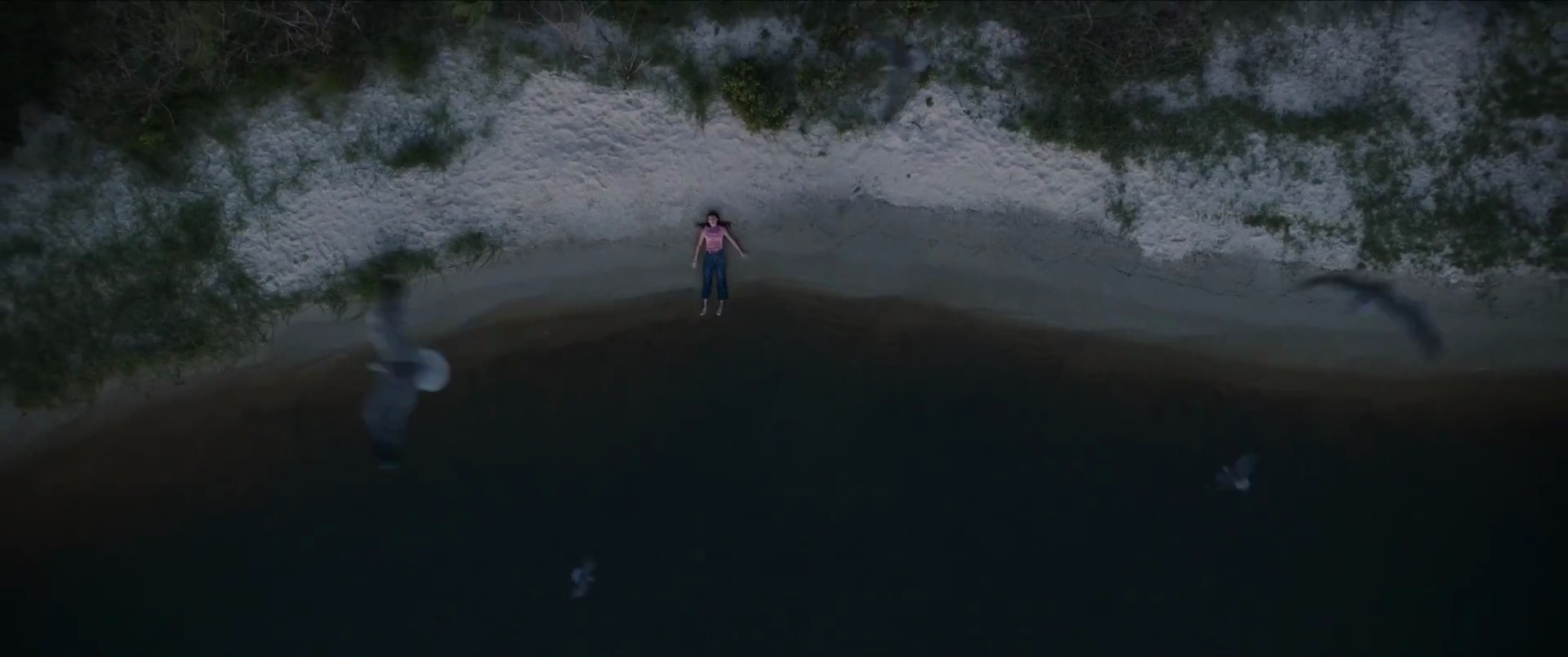
Continue reading »
Continuing the ongoing series of interviews with creative artists working on various aspects of movie and TV productions, it is my pleasure to welcome Zosia Mackenzie. In this interview, she talks about what it means to be an artist, how she chooses her productions, the enduring appeal of the horror genre, and the potential impact of generative AI on the movie industry. Around these and more, Zosia dives deep into her work on the recently released sci-fi horror “Infinity Pool”.
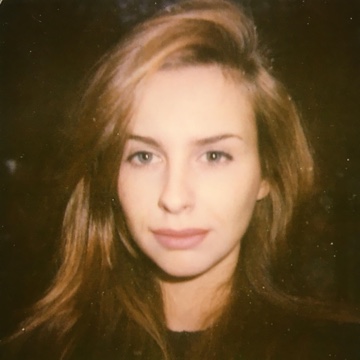 Kirill: Please tell us about yourself and the path that brought you to where you are today?
Kirill: Please tell us about yourself and the path that brought you to where you are today?
Zosia: I grew up in Roncesvalles, which is the Polish neighbourhood in the west end of Toronto and where I still live today. My Dad was a lithographer so I was pretty lucky that I got to go to lots of art openings with him and that he showed me loads of really great films as a kid. I had a TV with a VHS player in my bedroom and I’d stay up really late watching and rewatching movies. Later, when I was studying film in Toronto, I interned at a bunch of studios and eventually started spending more time in New York where I got to work in the art department on a Whit Stillman film. Once I got back to Toronto I continued pursuing art department work and after a few years decided to only take on production design jobs, even if it meant I’d have to turn down some better paying gigs.
Kirill: Do you feel that there should be one path for people to get into the industry, or that the industry benefits from this variety or diversity of backgrounds?
Zosia: I definitely think the film industry benefits from the variety of people who come from all different disciplines and backgrounds. I think it’s an asset that this industry attracts film lovers but also people who come to it from architectural backgrounds, design training, or those who’ve come to film and/or design at a later point in their lives and have all different kinds of life experiences they can draw on. I think a big part of what makes this industry so special is that there’s so many different kinds of people who bring such a wide range of experiences to their work. I think as long as people can communicate reasonably well and function under pressure they can work great in this industry.
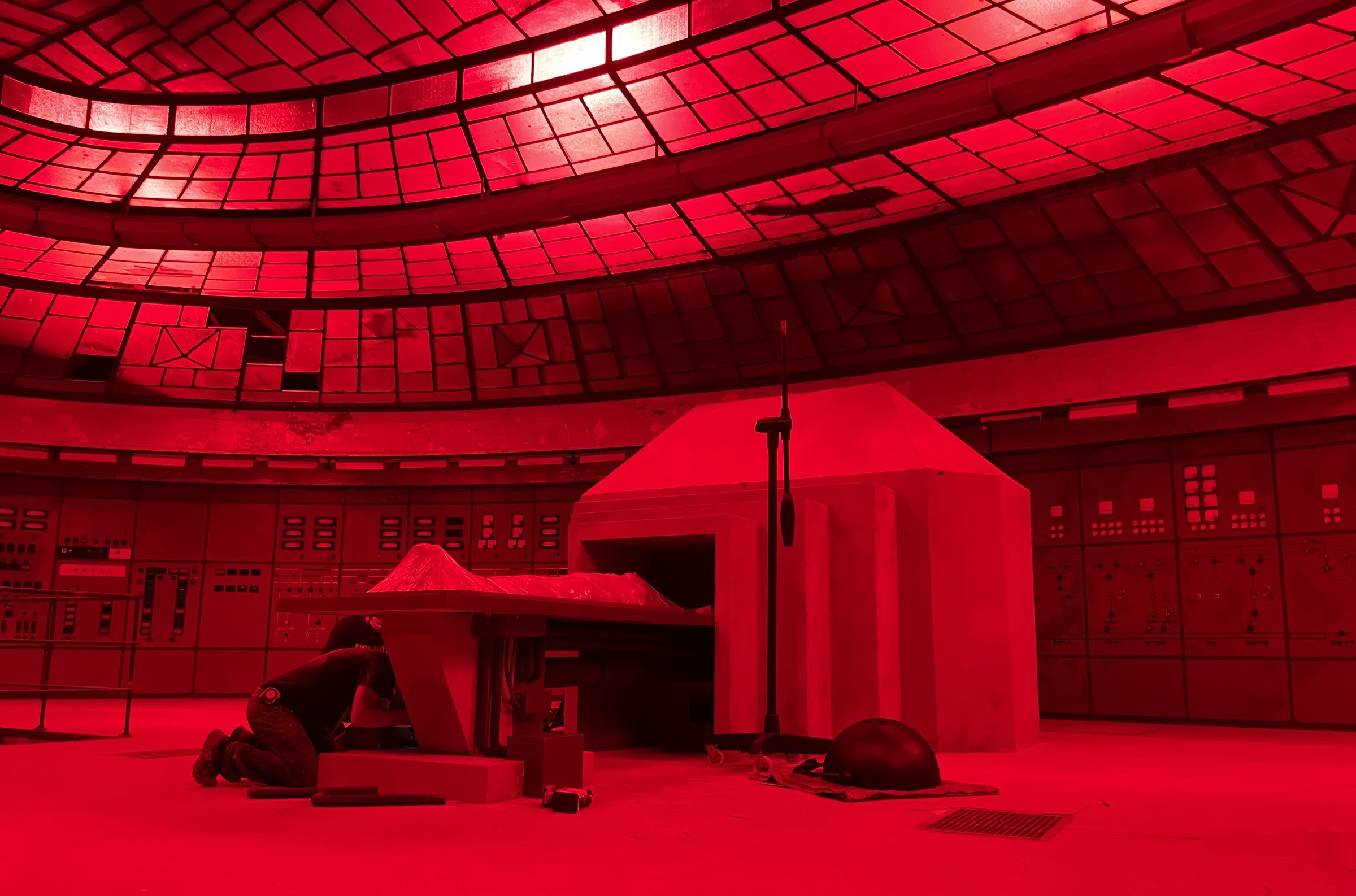
The doubler machine set on “Infinity Pool”, courtesy of Zosia Mackenzie.
Kirill: Can you teach anybody to be not just a craftsman in the industry, but also to be an artist? Can you take anybody through an art school, and have them be an artist by the end of it – however you define what an artist is?
Zosia: I think anyone can be an artist if that’s what they want to be or how they see themselves. If you really believe you’re an artist, so will others. It helps to be making things and hopefully thinking creatively and adding fresh ideas to the world. I can’t say for certain that school will make you an artist but I’m sure it can help meet some like minded individuals or connect you with teachers or industry professionals who can potentially help point you in the right direction. But, there’s only so much others can do for you – you need to be driven and self motivated and really want it yourself. Ultimately it’s up to you.
Kirill: Between the art and craft of it, you also manage people, budget and schedules. Is there any part of your daily routine that is, perhaps, a bit more boring than others?
Zosia: There’s definitely more and less exciting parts of the job. I love the early stages of a film where the key creatives are just getting to know each other, doing research and having lots of exciting early collaborative conversations. At that point there’s still so much possibility with regards to the look and direction of the film. The budgeting and scheduling can definitely be some of the less creative aspects but when you work with good people there’s less of that to worry about and I can focus more on the creative aspects.
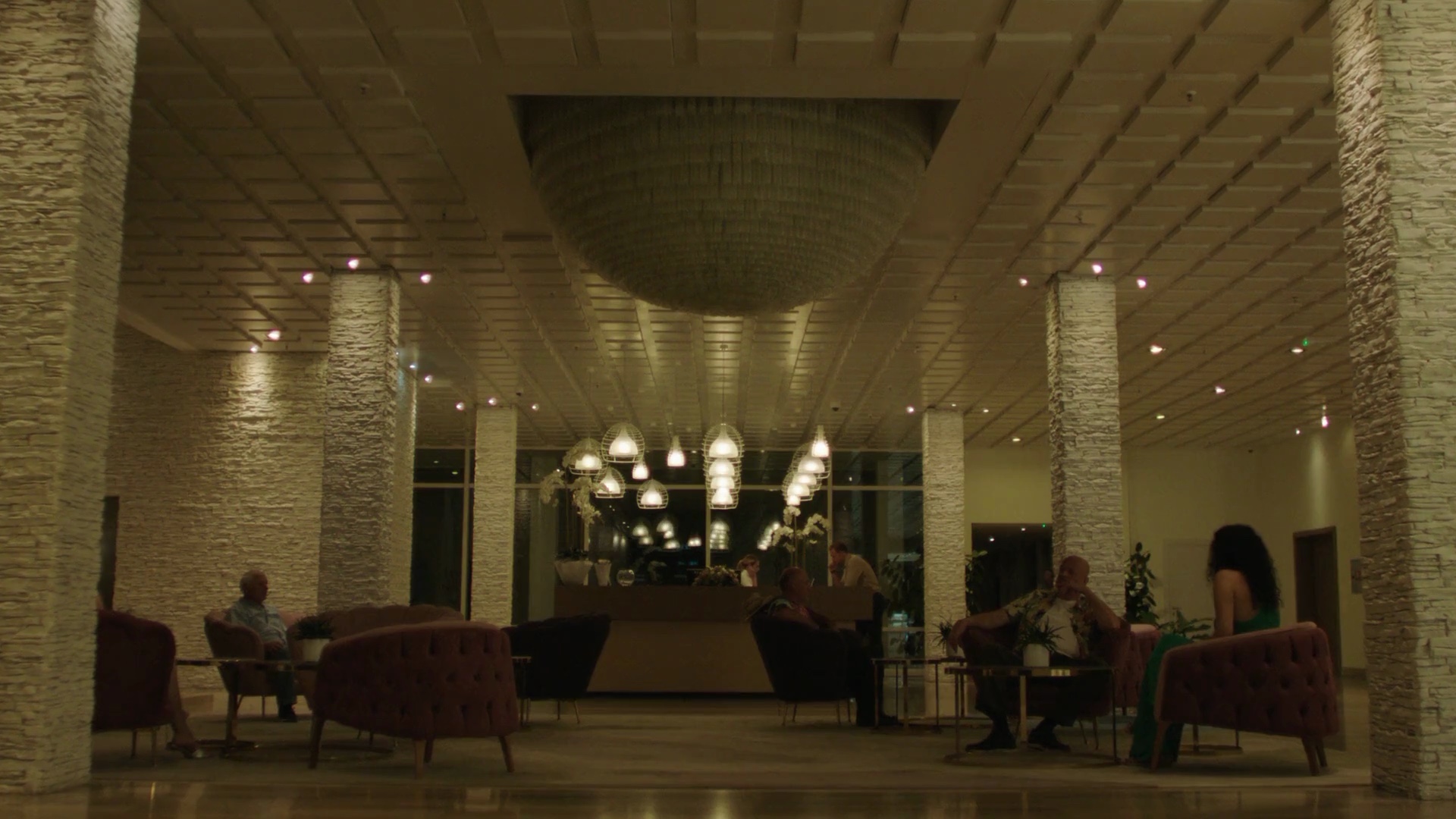
Production design of “Infinity Pool” by Zosia Mackenzie.
Continue reading »
![]()
![]()